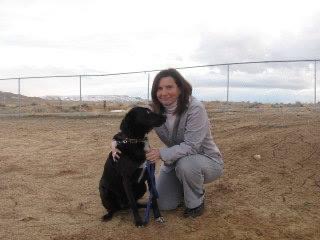Keep you kitties less stressed and happy-er while you are gone. Predictable, consistent care keep you and your cat less stressed. 
Cradleboard Interpretive Services
Sunday, October 27, 2024
Kitties miss you too!
Saturday, January 13, 2024
Cradleboard Services for Cats & Dogs
Drop Ins
Drop-ins start at 30 mins and can be scheduled for 1 hour.
I provide feeding, bathroom breaks, giving medications & walks
Charges are set according to distance from Boone and number of cats or dogs.
Meet & Greets are free! I will come to your home and meet your animal family and offer my charge with no obligation (of coarse).
Contact me at:
cradleboard@gmail.com Label subject - Pet services / your name
Monday, May 4, 2020
Subscribe to:
Posts (Atom)




